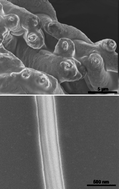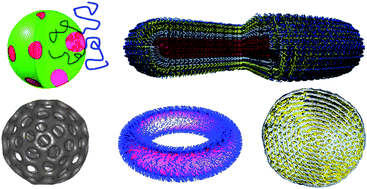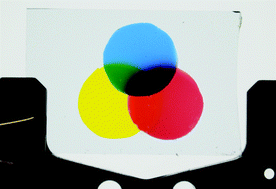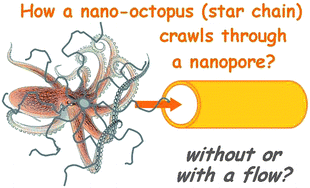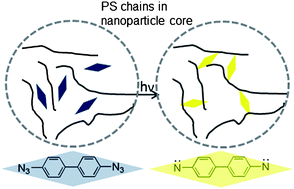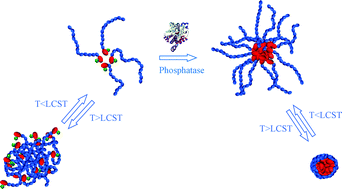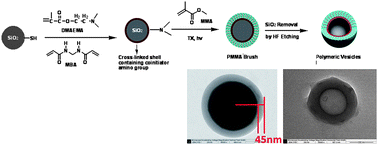Architecture effects on L-selectin shedding induced by polypeptide-based multivalent ligands: Polymers can be used as multivalent backbones to probe cell surface receptor arrangement and cell signalling. In this hot paper Shuang Liu and Kristi Kiick synthesize a series of polypeptide-based multivalent ligands and study the architecture effects on L-selectin shedding using by L-selectin shedding assay and ELISA. The team claim that these polypeptide-based multivalent ligands may have potential physiological and pathological applications as cell biology tools, and in the regulation of cell functions or inflammatory responses. (Polym. Chem., 2011, DOI: 10.1039/C1PY00063B, Advance Article)
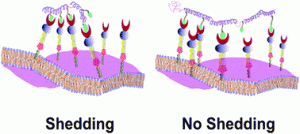
Interested to know more? Why not read the full article available for free until 6th June.











